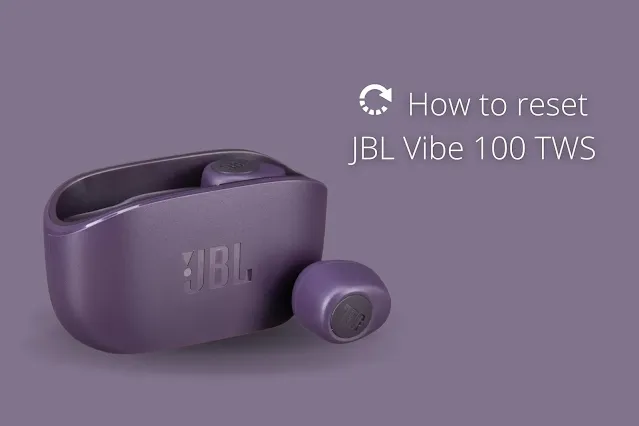Do I need ANC headphones? -All things that you must know
Many low-cost headphones now include ANC (Active Noise Cancellation). Brands are charging an additional fee for this feature. However, as a user, you must understand how ANC works on headphones and whether it is worthwhile to purchase them.
I wrote this blog after conducting extensive research (reading blogs, watching video solutions, soliciting user feedback, and so on). Simply reading this article will help you decide whether or not you need ANC headphones.
"Do I need ANC headphones?" This question is meaningless if you are unfamiliar with noise cancellation technology. If you already know a lot about it, you can simply skip this section by using the "Table of contents."
What is noise cancellation (NC) technology? -simply explained
Noise cancellation, in a nutshell, means reducing unwanted background noise. Assume you're listening to music through headphones, but there's a lot of noise around you. Users typically increase the volume level at that time, which is harmful to the ear. Noise cancellation is used to get rid of it.
As a result, you don't need to turn up the volume at all. This technology can reduce background steady noise (such as the sound of a fan spinning, raining, or any other environmental noise) and provide a decent level of musical comfort.
Noise cancellation, on the other hand, is divided into two sections. The first is passive NC, and the second is active NC.
Passive Noise Cancellation (PNC) technology
It's a straightforward and simple noise cancellation technique. The background noise that interferes with your listening comfort is simply blocked using this technique. As a result, users enjoy good listening comfort.
It works in the same way that we put our finger in our ear to block out noise. But instead of fingers, headphones are used here. That's why companies design headphones or earbuds with expensive layers and padding to perfectly fit our ears, allowing less noise in.
Active Noise Cancellation (ANC) technology
Basically, the ANC is the opposite of passive NC. In ANC technology, companies integrate multiple microphones into the headphones, which capture the background noise. It's worth noting that the microphones only pick up the steady noises in this case.
Companies also attach a noise-cancellation chip inside the headphones that produces the opposite sound wave of the detected noise wave. These two inverse waves cancel each other out, and we get a noise-free sound.
How does ANC work on headphones?
As previously stated, as a user, you must understand what ANC on headphones means. Actually, there are three ways to configure ANC in a headphone. They are as follows: feedforward, feedback, and hybrid. The working systems of these ANC setups are not the same at all.
Feedforward
In this technique, the microphones are usually placed outside the headphones to detect noise. The ANC chip is integrated inside, and as previously explained, it generates a wave that is the inverse of the detected noise wave. These two waves cancel out. The benefit is that, with this technique, high-frequency background noise can be canceled.
Feedback
It is not the same as Feedforward. Essentially, the microphones are placed inside and over the speakers of the headphones. Which detects both music and noise. When compared to the original music, it produces an inverse wave of the noise, and both waves cancel each other out. As a result, we have noise-free sound. The technique, however, can only cancel low-frequency sound waves.
Hybrid
Because mics are placed inside and outside of the headphones, this technique is more accurate. In simple terms, the hybrid technique combines the feedforward and feedback techniques. As a result, higher frequencies of noise can be canceled using this technique, and it outperforms the other two techniques. Companies only use this ANC setup in their high-end headphones.
Do I need ANC headphones or not?
The ANC technology in headphones is quite impressive and vital for those who work in noisy and crowded environments on a daily basis. Otherwise, I believe it is meaningless.
If you only need headphones for listening to music or other standard purposes, you are unlikely to use them outside on a regular basis. Then I believe non-ANC headsets are ideal for you.
Tips: Before purchasing any type of smart device, always consider your own needs.
Last but not least, there are some disadvantages to using ANC headphones. No matter what companies say, pure sound quality is often not expected from headphones. ANC technology can cancel the original music's wave if the noise's wave and music's wave are the same.
Furthermore, normal wired headphones cannot include ANC features, and the cost increases as more chips and batteries are integrated.
Actually, whether or not you require ANC headsets is entirely up to you. Brands enjoy playing with our minds, which is why they don't include all features on their budget headphones. As a result, before purchasing a low-cost headphone, think about your needs. If you must deal with noise, choose ANC or skip it entirely. Otherwise, you may miss out on some cool features such as voice assistants, hands-free calling, and others.
However, if your budget allows, you may be able to get all the features (including ANC) in a headphone. JBL's newly released JBL Tune 130NC has all of the latest and smartest features.
Do ANC headphones really work without music?
Yes, according to various technology experts, this is correct. It is also one of the benefits of ANC feature. If you don't want to listen to music but only need silence, then if your headphones have Active Noise Cancellation, simply put them in your ear and pretend nothing is going on around you.
Today’s Last Words
Active noise cancellation is extremely useful in a variety of situations. However, it is not only a significant term to consider before purchasing a headphone or earbud. Consider your usage; if you truly require it, go for it; otherwise, pass. However, ANC must be present if you are purchasing an expensive headphone.













